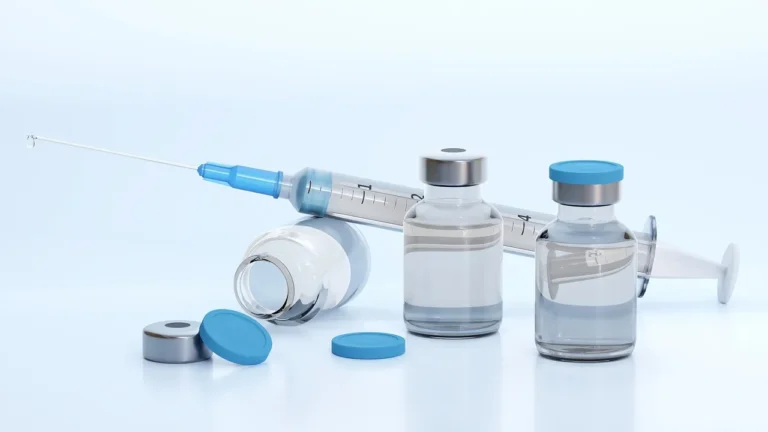
Country-level preparedness for influenza pandemics is crucial to mitigate global spread and its associated impacts on health and economies. Pandemics can cause widespread illness, high mortality rates, and substantial economic burdens due to healthcare costs and productivity losses. Through coordinated efforts among Member States, WHO, partners, and investments from sources like the Pandemic Influenza Preparedness Framework (PIP) Partnership Contribution (PC), all 11 countries in the WHO South-East Asia Region (SEAR) have established WHO-recognized national influenza centres (NICs). This achievement significantly enhances regional laboratory capacity, aligning with the objectives of the Global Influenza Strategy (2019-2030).
The Global Influenza Strategy underscores the urgent need to strengthen national capacities, particularly in laboratories, to improve pandemic preparedness and reinforce core capacities under the International Health Regulations (2005). NICs serve as the cornerstone of the WHO’s Global Influenza Surveillance and Response System (GISRS), and SEAR has successfully met its goal of establishing a WHO-recognized NIC in each Member State.
Establishing a regional network began with India’s initiative in 1952 to build influenza laboratory capacity, coinciding with the inception of GISRS. By the 1970s, WHO-recognized NICs were operational in key SEAR countries such as India (1977), Indonesia (1976), and Thailand (1972). During the 2009 influenza pandemic, seven Member States already had NICs, with support from established centres assisting those without, such as India, Indonesia, Sri Lanka, and Thailand.
In 2010, Nepal’s National Public Health Laboratory gained WHO recognition, marking a step towards broader regional preparedness. Recognizing the pivotal role of NICs, the SEAR Regional Office aimed to achieve WHO recognition for public health laboratories in Bhutan, Maldives, and Timor-Leste by 2019. External assessments identified gaps in workforce competence, laboratory management, specimen handling, documentation, and equipment maintenance.
To address these gaps, the three countries collaborated closely with WHO, WHO Collaborating Centres like the US Centers for Disease Control and Prevention (US CDC), and the Victoria Infectious Disease Reference Laboratory (VIDRL) in Australia. These partnerships facilitated training and mentoring of senior laboratory staff, significantly enhancing national capacities in both the short and long term. Financial support from PIP PC and other partners bolstered these efforts.
These collaborative initiatives yielded substantial progress, evidenced by subsequent assessments that led to WHO recognition of the remaining three laboratories as NICs. Moving forward, sustaining these gains requires continued participation in the WHO External Quality Assessment Programme (EQAP), consistent data reporting, and virus sharing. Regional consultations in 2023 focused on strategies to uphold laboratory standards, integrate WHO-recommended practices, and enhance GISRS implementation across SEAR.
The concerted efforts of Member States, technical support from WHO and partners, and sustained funding through initiatives like PIP PC have significantly bolstered influenza preparedness in the WHO South-East Asia Region. These advancements align with the objectives of the WHO Global Influenza Strategy, ensuring robust regional response capabilities in the face of influenza threats.





